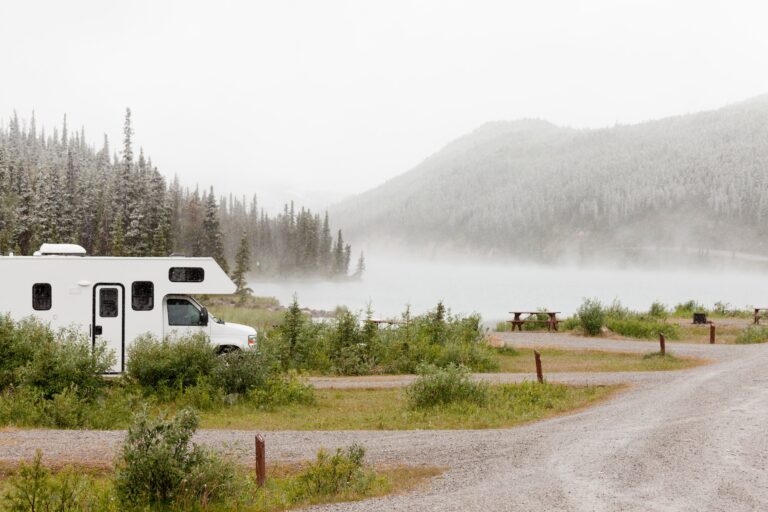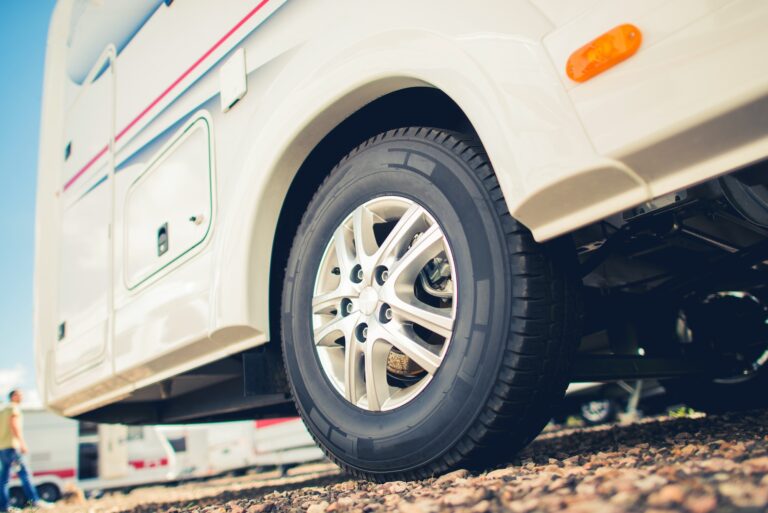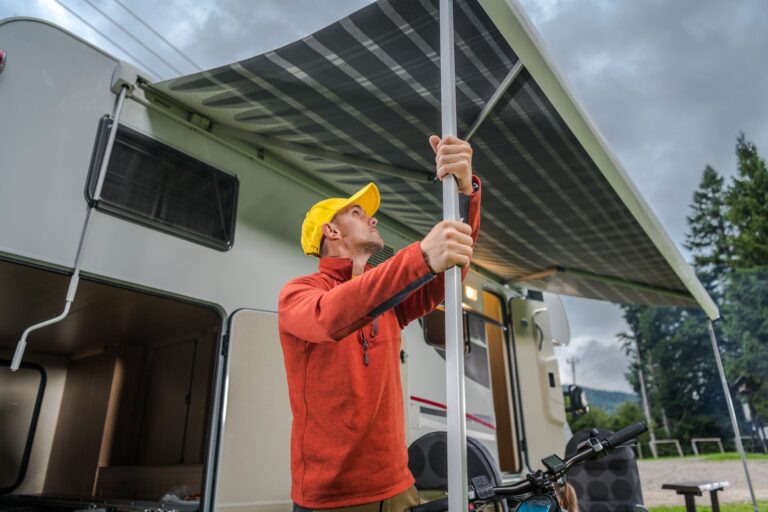As the temperature drops and winter rolls in, many new RVers may be left wondering how to keep warm. While RVs are designed to be a home away from home, they can sometimes fall short when it comes to insulating against the freezing cold. However, with the right tips and tools, your RV can become a cozy retreat even during the coldest months. Here’s a comprehensive guide on how to stay warm in your RV during cold weather.
Understanding Your RV’s Insulation
Before we dive into the tips, it’s important to understand your RV’s insulation. Most RVs are equipped with some level of insulation, often rated by an ‘R-value’. The higher the R-value, the better the insulation. However, RV insulation is typically less effective than that of a regular home, meaning you’ll need to take extra steps to stay warm in cold weather.
1. Insulate Windows and Doors
One of the first lines of defense against the cold is proper insulation. A significant amount of heat can be lost through the windows and doors of your RV.
- Window Insulation: Use thermal curtains or insulated window coverings to keep the cold out. Reflectix, a bubble wrap-like insulation, can be cut to size and placed in windows to provide an extra layer of insulation.
- Door Insulation: Weather-stripping around the doors of your RV can prevent drafts. Make sure to check the seals and replace them if they’re worn out.
2. Skirt Your RV
Skirting your RV is a great way to keep the cold out and the warmth in. It blocks the wind and cold air from getting under your RV, which can cause heat loss and freezing of the water lines.
- DIY Skirting: If you’re handy and on a budget, you can make your own RV skirting using foam board insulation, vinyl, or plywood.
- Professional RV Skirting: For a more durable and professional look, consider investing in custom-made RV skirting. Companies like EZ Snap provide high-quality, easy-to-install RV skirting solutions.
3. Use a Safe RV Heater
While your RV likely has a built-in furnace, it can quickly drain your propane supply. Supplemental heating can help save propane and provide additional warmth.
- Electric Heaters: Portable electric heaters are an excellent choice for RVers with access to electricity. They’re safe, efficient, and come in a variety of sizes. The DeLonghi Oil-Filled Radiator is a popular option as it provides steady, silent heat.
- Propane Heaters: If you’re boondocking or don’t have a power hookup, a propane heater may be a good option. The Mr. Heater Portable Buddy Radiant Heater is safe for indoor use and offers a high heat output.
4. Protect Your Plumbing
Cold weather can cause your RV’s pipes and tanks to freeze, leading to potential damage.
- Insulate Pipes: Foam pipe insulation can be used to wrap around your pipes, protecting them from the cold. For additional protection, consider using heat tape.
- Heated Water Hose: A heated water hose can prevent your water supply from freezing. The Camco Heated Drinking Water Hose is a reliable choice.
- Tank Heaters: Tank heaters can be installed on your water and waste tanks to prevent freezing. They’re especially useful for RVers planning to camp in below-freezing temperatures for extended periods.
5. Warm Your Bed
A warm bed can make all the difference on a cold night.
- Heated Blankets: Heated blankets can provide extra warmth and comfort. The SoftHeat by Perfect Fit Luxurious Velvet Plush Heated Electric Warming Blanket is a cozy and energy-efficient option.
- Thermal Bedding: Thermal sheets, comforters, and mattress toppers can also help keep you warm. Consider a wool or down-filled comforter and flannel sheets for added warmth.
6. Conserve Heat
Conserving heat is just as important as generating it.
- Cook Inside: Cooking inside your RV can generate extra heat. Plus, a warm meal can help raise your body temperature.
- Keep Vents and Skylights Closed: Vents and skylights can let out a lot of heat. Keep them closed and consider insulating them for the winter.
- Use Rugs: Adding rugs can provide an extra layer of insulation on the floor of your RV, especially if you have a tile or laminate flooring.
7. Dress Warmly
Last but not least, dress warmly.
- Layer Up: Wear multiple layers of clothing to trap body heat.
- Wear Insulated Clothing: Thermal underwear, wool socks, and insulated slippers can keep you warm.
- Cover Your Head: A significant amount of body heat is lost through the head, so wear a beanie or warm hat.
Conclusion
Staying warm in your RV during the cold weather involves a combination of preparation, insulation, and smart heat usage. With a well-insulated RV, safe heating options, protected plumbing, and warm bedding, you’ll be well on your way to a cozy winter RV experience. Remember, every RV and situation is different, so you may need to experiment to find out what works best for you. The key is to be prepared and proactive. Happy RVing!






